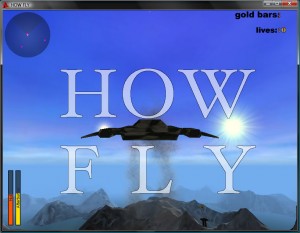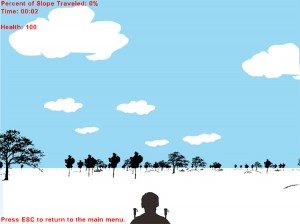So I’m interested in coming up with organic ways to display and interact with digital data. So rather than having the harsh click-track rhythm of a drum machine, what if we had some true randomness in the timing? My idea is to make varying sized holes in a tube filled with water to let water drip at different times. These drops will land on a variety of peizo sensors and then will act like a drum machine. Perhaps rather than holes we can use old camera lens apertures?
Another place to add some randomness is in visual information. We could have a sheet of thermochromatic ink laying on top of a multiplexed grid of peltier tabs that could then act like a slowly refreshed image display. I think that this would give us fuzzy boundries, similar to a brush stroke, or watercolors spreading on a page. Perhaps even at a high resolution, these effects would add a softer edge to our digital images, making photographs something we could look up closely at without seeing the harshness of our digital compression strategies, no more pixels. Yay. I’ll let you all know how this goes. I’m trying to see if it’s worth trying to make my own semiconductive materials to make this display, or if I should just use a prefabricated pelteir tab at a chunky resolution.
Anyhow, that’s whats up.
_BG





 Last semester for my 3D game programming class I was thinking about what I could do to continue my investigation on alternative forms of game play and I was thinking that it would be really neat to interact with a flying game naturally. To this day I stick my hands out the windows and feel the power of the wind rushing by. I remember pretending my hand was an airplane as my dad would drive down the highway.
Last semester for my 3D game programming class I was thinking about what I could do to continue my investigation on alternative forms of game play and I was thinking that it would be really neat to interact with a flying game naturally. To this day I stick my hands out the windows and feel the power of the wind rushing by. I remember pretending my hand was an airplane as my dad would drive down the highway. 









.jpg)